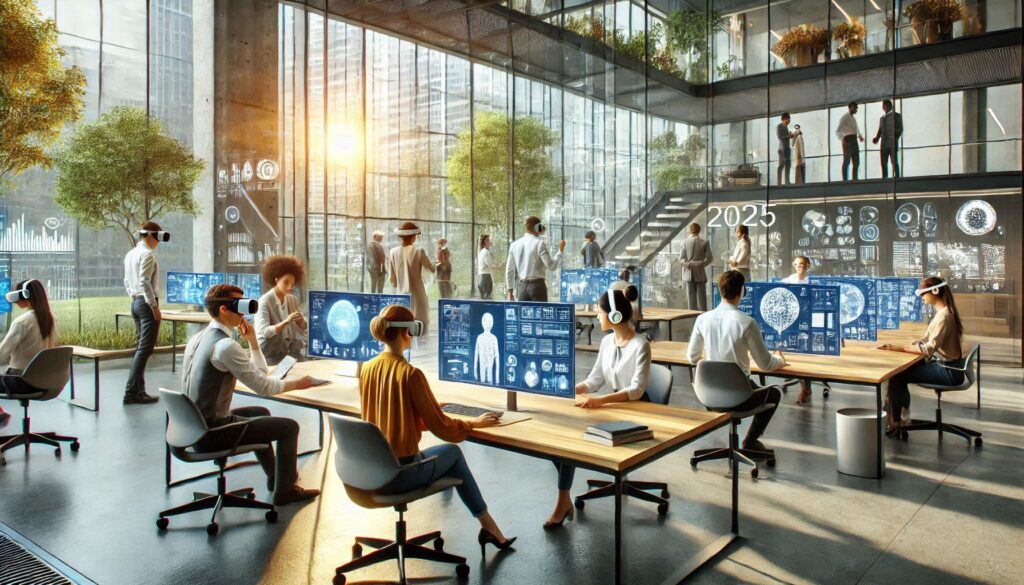The workplace of 2025 is unrecognizable from its pre-pandemic state. Driven by evolving needs and technological advancements, businesses are embracing new models that prioritize flexibility, employee well-being, and diversity. This shift transcends a temporary response to recent crises; it fundamentally reshapes the future of work. By understanding and adapting to these transformative trends, companies can not only survive but thrive in this dynamic new landscape.
The Rise of Hybrid Work: A New Era of Flexibility
The pandemic accelerated a seismic shift in how we work, with remote work transitioning from a fringe benefit to a cornerstone of modern employment. While initially a necessity, remote work has proven its enduring value, with many companies embracing hybrid models that combine remote and in-office work. By 2025, a significant portion of the workforce will operate remotely, either full-time or through flexible hybrid arrangements.
This evolution presents both exciting opportunities and unique challenges. Access to a global talent pool expands hiring horizons, while fostering a strong company culture and effective collaboration within geographically dispersed teams requires deliberate strategies and adaptable leadership.
To thrive in this new landscape, businesses must:
- Invest in robust communication and collaboration tools: Seamlessly connecting remote teams requires reliable technology and a focus on building strong relationships.
- Reimagine the office space: Transform physical workspaces into collaborative hubs for in-person meetings, team building, and social interaction.
- Prioritize employee well-being: Support remote employees with ergonomic setups, clear communication policies, and opportunities for social connection.
- Cultivate a culture of trust and flexibility: Empower employees with autonomy while establishing clear expectations and performance metrics.
This shift towards remote and hybrid work is not merely a temporary response to a crisis; it represents a fundamental transformation of the workplace. By embracing these changes and adapting accordingly, businesses can unlock new levels of productivity, innovation, and employee satisfaction.
Investing in Employee Well-being: Health & Safety in the Workplace
The pandemic significantly heightened awareness of workplace health and safety. This focus will continue to intensify, with employers prioritizing employee well-being through:
- Enhanced safety protocols: Investing in advanced safety measures and protocols to protect employee health.
- Expanded mental health support: Implementing comprehensive programs to address the impact of stress and anxiety.
- Enhanced wellness benefits: Increasing offerings like EAPs and virtual wellness services to support both physical and mental health.
- By prioritizing employee well-being, companies can create a supportive environment that fosters employee engagement and productivity.
Automating the Future: Technology Integration in the Modern Workplace
The pandemic dramatically sped up how businesses use technology. By 2025, companies will heavily rely on tools like AI and automation to make things run smoother and get more done. These tools will be crucial for managing remote teams, training employees, and helping customers.
However, as machines take over some tasks, people need to learn new skills. Companies that help their employees learn new things will not only keep their current workers happy but also make sure they have the right people for the future of work.
Anticipating the Future: Why Looking Ahead Matters
The workplace is constantly changing. To stay successful, companies need to plan ahead instead of just reacting to problems as they arise. This means embracing new technologies, creating a work environment where everyone feels welcome, and making sure employees are happy and healthy. By doing these things, companies can be ready for the future and continue to grow

